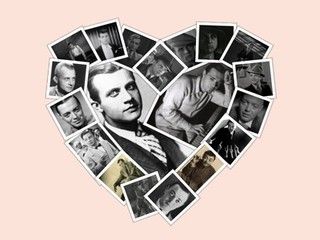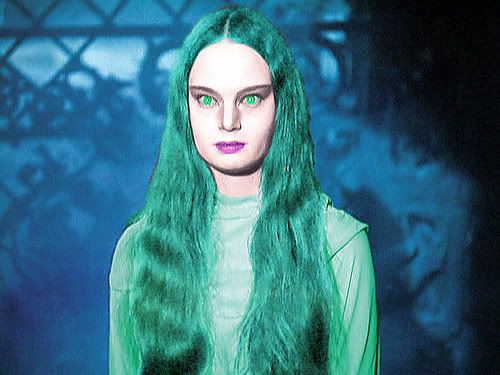Post by Mrs Vindecco on Jan 6, 2011 19:13:21 GMT
After the recent discussion regarding the similarities between the first 1931 version of The Maltese Falcon and the more famous 1941 classic, i thought I would post these passages I found. they are from the now out of print book, The Films of Peter Lorre
"Roy Del Ruth directed the early talkie version in a manner downplaying action; every killing takes place off camera. John Huston not only recorded the cold blooded murder of Miles Archer, but also allowed Wilmer to kick an unconscious Sam Spade full in the face. It was Huston’s first shot as a director, after years of writing for the screeb and he was determined to make the most of it. This is not to say that Del Ruth’s version lacked menace. Wilmer as portrayed by Dwight Frye exudes violence merely with his eyes, Otto Matieson’s Cairo contains coldness that belies his boyish, ineffectual boss and the Gutmann enacted by Dudley Digges bursts into incessant laughter over situations that aren’t humerous., revealing a mind no less aberrant than those of his cronies.
When Spade and Brigid enter his apartment for the final scenes of the Huston film, the camera catches Wilmer , hiding behind the door, indicating that the rest of the felons are nearby. Del Ruth shot this scene with only the flickering fireplace visible in the darkness until Spade snaps on the lights, revealing in a stunning manner a frightening tableau, composed of Wilmer, Cairo, and Gutman. But the Del Ruth falters when taking liberties with Hammett. Huston, on the other hand, was aware of the novel’s cinematic potential and virtually used it as his screenplay. "
"Roy Del Ruth directed the early talkie version in a manner downplaying action; every killing takes place off camera. John Huston not only recorded the cold blooded murder of Miles Archer, but also allowed Wilmer to kick an unconscious Sam Spade full in the face. It was Huston’s first shot as a director, after years of writing for the screeb and he was determined to make the most of it. This is not to say that Del Ruth’s version lacked menace. Wilmer as portrayed by Dwight Frye exudes violence merely with his eyes, Otto Matieson’s Cairo contains coldness that belies his boyish, ineffectual boss and the Gutmann enacted by Dudley Digges bursts into incessant laughter over situations that aren’t humerous., revealing a mind no less aberrant than those of his cronies.
When Spade and Brigid enter his apartment for the final scenes of the Huston film, the camera catches Wilmer , hiding behind the door, indicating that the rest of the felons are nearby. Del Ruth shot this scene with only the flickering fireplace visible in the darkness until Spade snaps on the lights, revealing in a stunning manner a frightening tableau, composed of Wilmer, Cairo, and Gutman. But the Del Ruth falters when taking liberties with Hammett. Huston, on the other hand, was aware of the novel’s cinematic potential and virtually used it as his screenplay. "






